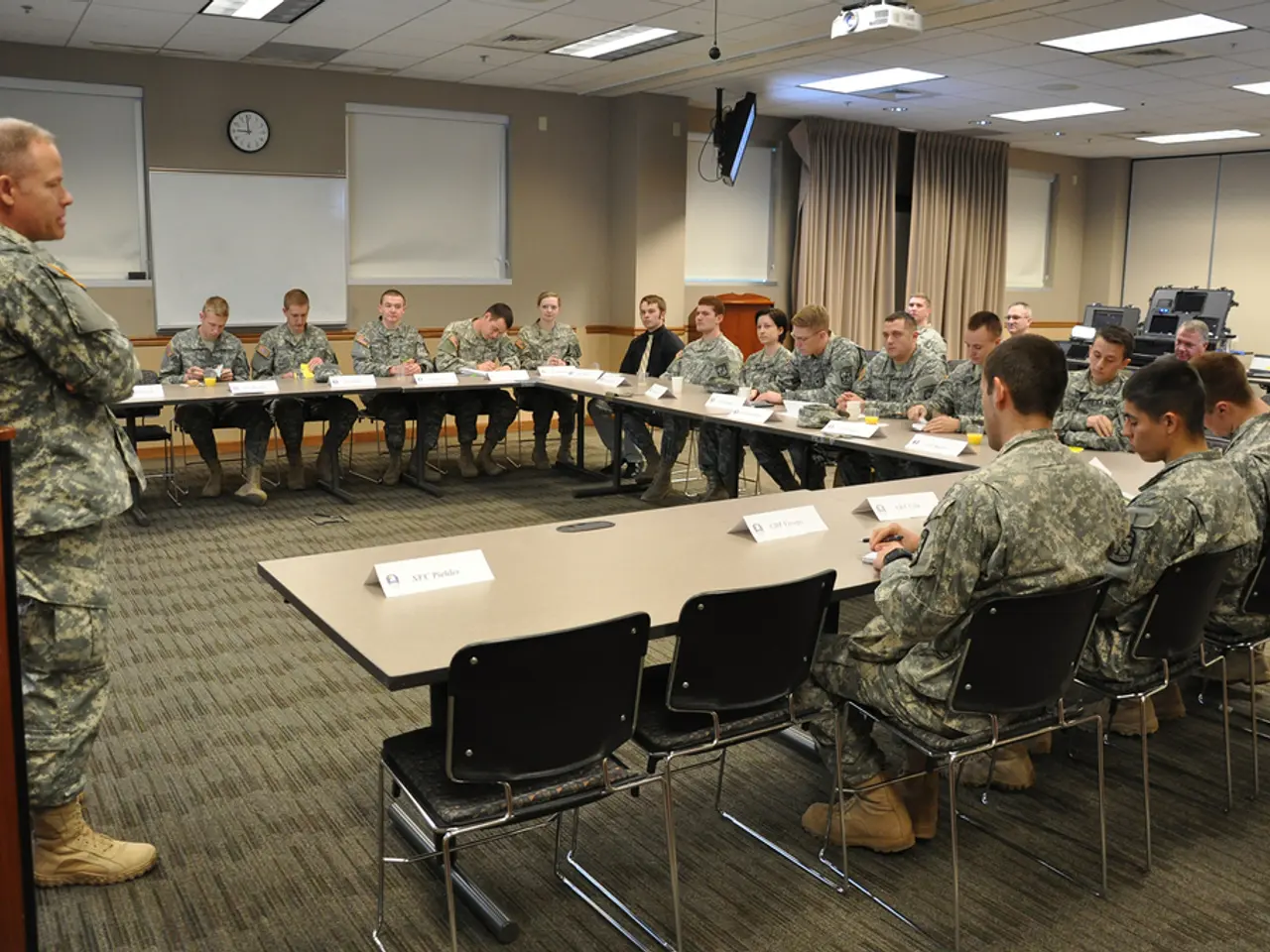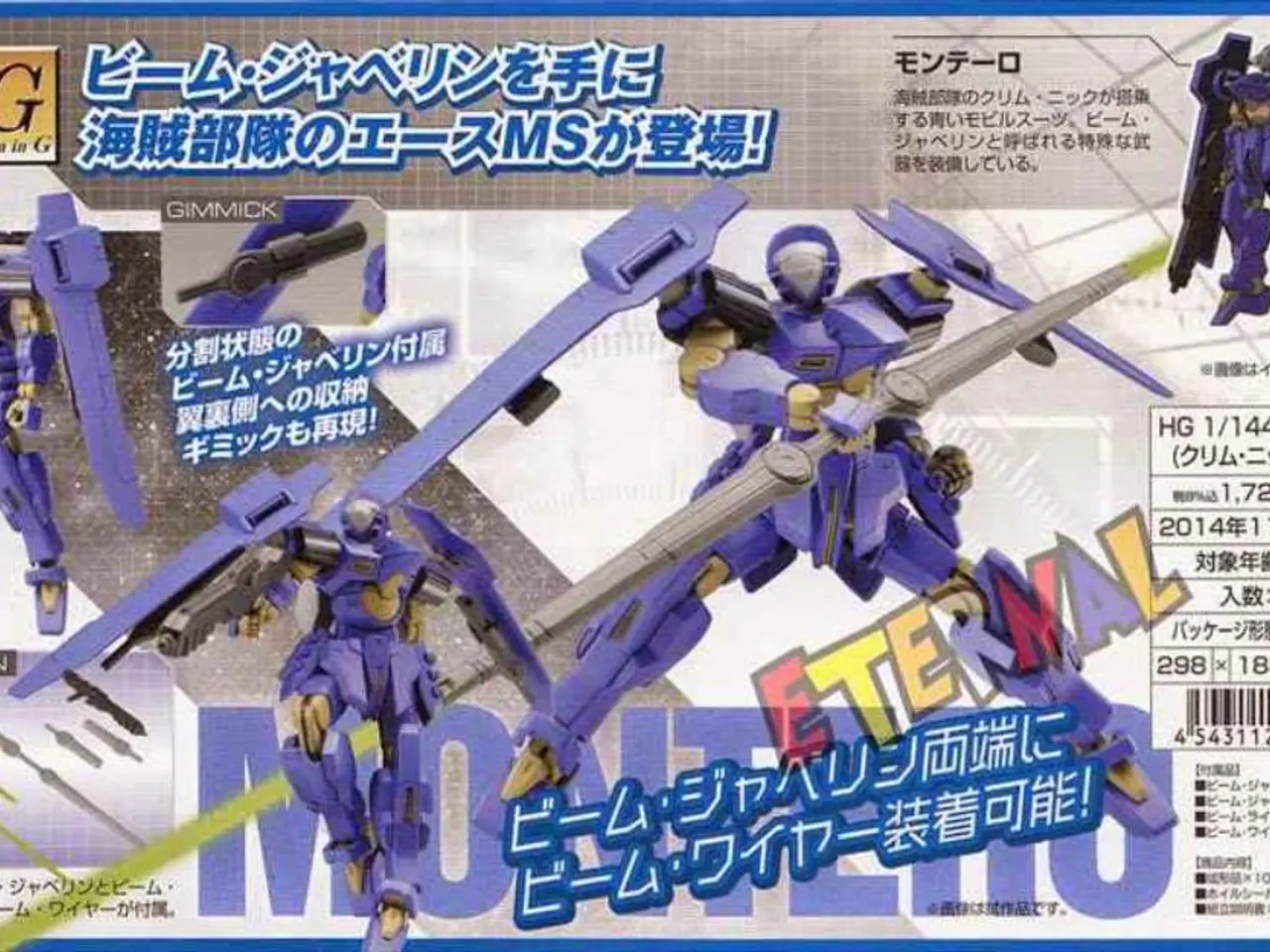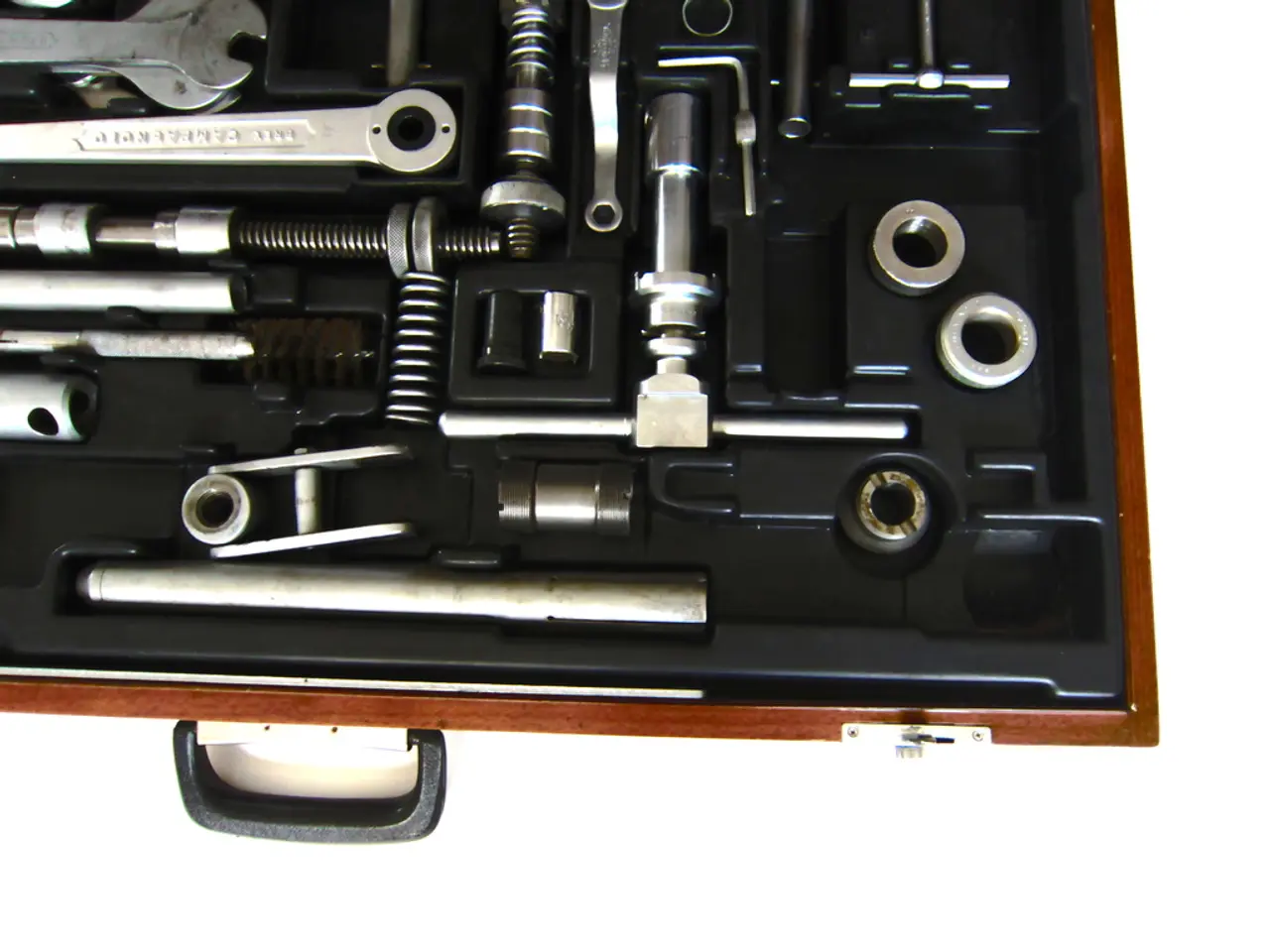Improving Night Missions: iSafeNight's Impact on Night Vision System Compatibility
In the modern world, where missions are increasingly data-driven and reliant on technology, NVIS (Night Vision Imaging System) compatible displays are shaping the future of night operations. These displays, like iSafeNight, are essential for military and aerospace environments, enhancing the capabilities of teams while ensuring they meet critical safety and visibility standards.
Key Features of NVIS-Compatible Displays
NVIS-compatible displays have unique features designed to ensure optimal performance with night vision devices (NVDs) used in military operations. Here are the key features:
- NVIS Spectral Emission Compatibility: The display must emit light primarily in the near-infrared spectrum compatible with the sensitivity of night vision devices. This minimizes blooming or 'blooming out' of the night vision image and prevents NVGs from being damaged or experiencing reduced performance.
- Reduced Luminous Intensity: The brightness of the display is limited to levels acceptable for night vision devices, preventing excessive glare visible through the NVGs. The luminance is carefully controlled to ensure the screen is visible to the operator without overwhelming the night vision device’s image intensifier tubes.
- Color and Contrast Optimization: NVIS displays often use specific color pallets and contrast settings that optimize readability under low-light conditions without interfering with night vision imaging.
- Anti-reflective and Non-intrusive Design: The external surface of the display usually includes anti-reflective coatings to reduce stray light that could degrade night vision and tactical concealment.
- Interface and Integration Features: NVIS displays tend to interface smoothly with military avionics or vehicular systems, providing seamless data visualization compatible with night operations.
- Durability and Environmental Tolerance: Military NVIS displays are ruggedized to operate in harsh environments, withstanding temperature extremes, vibration, and humidity while maintaining NVIS performance.
The Importance in Military Operations
NVIS compatible displays are critical because military personnel often rely on night vision devices for enhanced situational awareness, navigation, target acquisition, and mission effectiveness in low-light or no-light conditions. Displays that are not NVIS compatible can produce light emissions that overwhelm NVGs, cause operator disorientation, loss of situational awareness, or damage the night vision equipment, thus jeopardizing mission success and operator safety.
In NVIS environments, precise dimming is critical to avoid NVG blooming and glare, with displays featuring dual mode backlighting for daytime high brightness and low light dimming. NVIS-compatible LEDs are engineered to emit light in specific wavelengths that do not interfere with NVG operation, unlike standard LEDs.
MIL-STD-3009 is the U.S. military standard that defines the performance for aircraft lighting and display equipment in NVIS environments. NVIS-compatible displays are often customized for specific applications, such as cockpit instruments, tactical vehicle displays, and handheld devices.
Cevians is helping to define the next generation of defense and aerospace operations with its commitment to innovation and cutting-edge display solutions. Optical filters often work in conjunction with NVIS LEDs to achieve full compatibility with NVGs. iSafeNight is a filter system that converts devices into MIL-STD-3009 compliant displays, providing a way to achieve NVIS compatibility without hardware modification.
NVIS versions of LEDs are modified to minimize near-infrared output and stay within defined chromaticity values and radiance limits. NVIS technology is crucial for maintaining stealth, safety, and mission effectiveness in night operations across various defense platforms (aircraft, naval vessels, ground vehicles). NVIS technology aims to provide situational awareness while concealing a user's position during night missions.
iSafeNight is ruggedized with a wide operating temperature, abrasion resistance, and impact resistance, making it an ideal solution for the demanding conditions of military and aerospace environments. With iSafeNight, teams can operate with confidence in low-light conditions, knowing they have the technology to support them in their missions.
[1] Night Vision Camera System Specifications (https://www.nightvisioncamera.org/specifications/) [2] Military Night Vision Technology (https://www.militaryfactory.com/equipment/main/night-vision-technology.asp) [3] Night Vision Devices (https://www.army.mil/products/night-vision-devices/)
- Science and technology convergence is vital in the development of NVIS (Night Vision Imaging System) compatible displays, as these displays leverage the principles of physics to maximize compatibility with night vision devices used in military operations.
- Technological advancements in display design and night vision technology, such as the creation of NVIS-compatible LEDs and the implementation of optical filters, play a significant role in ensuring optimal performance in low-light conditions and enhancing the safety and effectiveness of night operations in military and aerospace environments.




